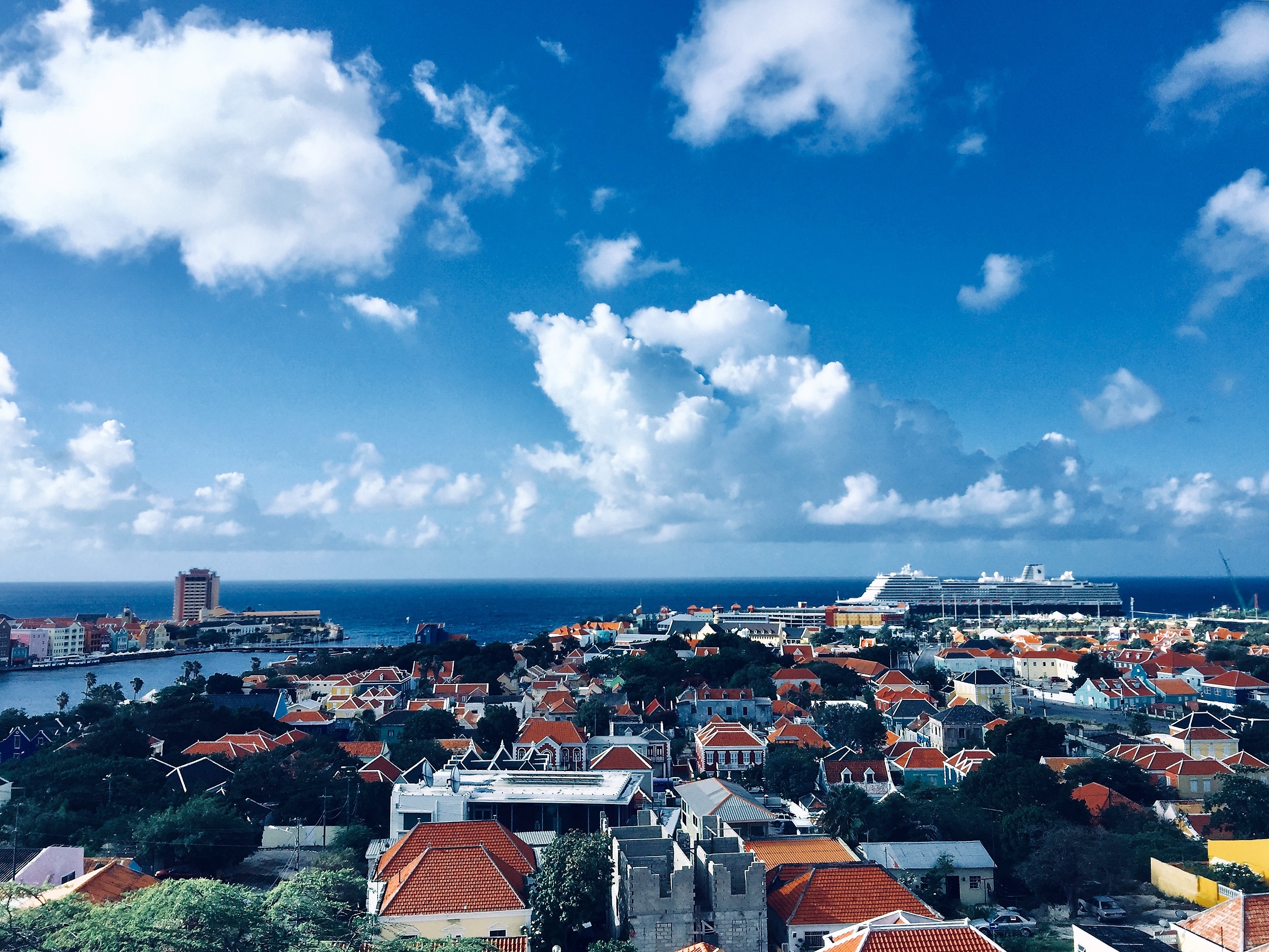Galapagos: Wet and Wild
Lindblad Expeditions gets right into the heart of the Galapagos matter.
By Fran Golden
The blue-footed booby quizzically stared at me as I snapped his photo. If he’d been holding a camera, my guess is that his photo of me would have shown an equally curious expression.
That’s the startling thing about cruising on the 96-passenger National Geographic Endeavour in the Galapagos Islands, the wild group of small islands located 600 miles off the coast of Ecuador in the Pacific. You might have come here to see the animals, but the fearless wildlife appears to view you as entertainment too.
Wonderful Wildlife
Snorkeling off tiny uninhabited Española, where hundreds of large black and red marine iguanas bask on the rocky shore, I was in deep water watching schools of colorful fish when a sea lion swam by. After seeing me, he circled back, came up so close I could practically feel his body heat, and then stared at me with his huge brown eyes.
I admittedly must have looked a sight in my dark wetsuit and snorkel gear. But if we were being friends, I decided to wave. The sea lion leaned back, rolled over, and waved a flipper. Caught up in our game, I tried to mimic him, but got a mouthful of seawater. I could almost hear him laughing at my antics.
Such interplay is the key to getting to know these islands, little changed in 5 million years and home to hundreds of species, all originally from elsewhere and many found nowhere else on earth. Think of the place as a Garden of Eden, or a land version of Noah’s Ark, and you’re not too far off track. In some spots you can count a dozen or more unusual species of animals in view.
The wildlife arrived by air and sea, including sea lions and penguins that belong further south and are here mingling with tortoises. They proliferate because of a lack of predators, save the hawks and owls. On the other hand, humans first arrived when a Spanish ship was blown off course on its way to Panama in 1535. Reports were sent back of a place with weird creatures and rugged rocks, inhospitable to man. Pirates and whalers later discovered the islands as a source of giant tortoises for fresh meat. Still, no one complained when Ecuador claimed the islands in 1832.
When naturalist Charles Darwin arrived on HMS Beagle in 1835, he discovered another side to the barren-looking lands. His famous finches (there are 13 kinds) are the draw for many visitors who come to contemplate evolution in this wild spot. But while the little finches twitter by you, their friendlier counterparts are more than willing to schmooze with human visitors. Or even use us as a rouse.
As I got on my knees to photograph a yellow land iguana on the arid northwestern coast of Santa Cruz, the creature started coming toward me in a rush, knocking me over. Except it wasn’t me he was after but the female iguana behind me. He darted past me and chased her into the bushes.
This is an excerpt only. To read this article in its entirety, pick up the current issue of Porthole Cruise Magazine









